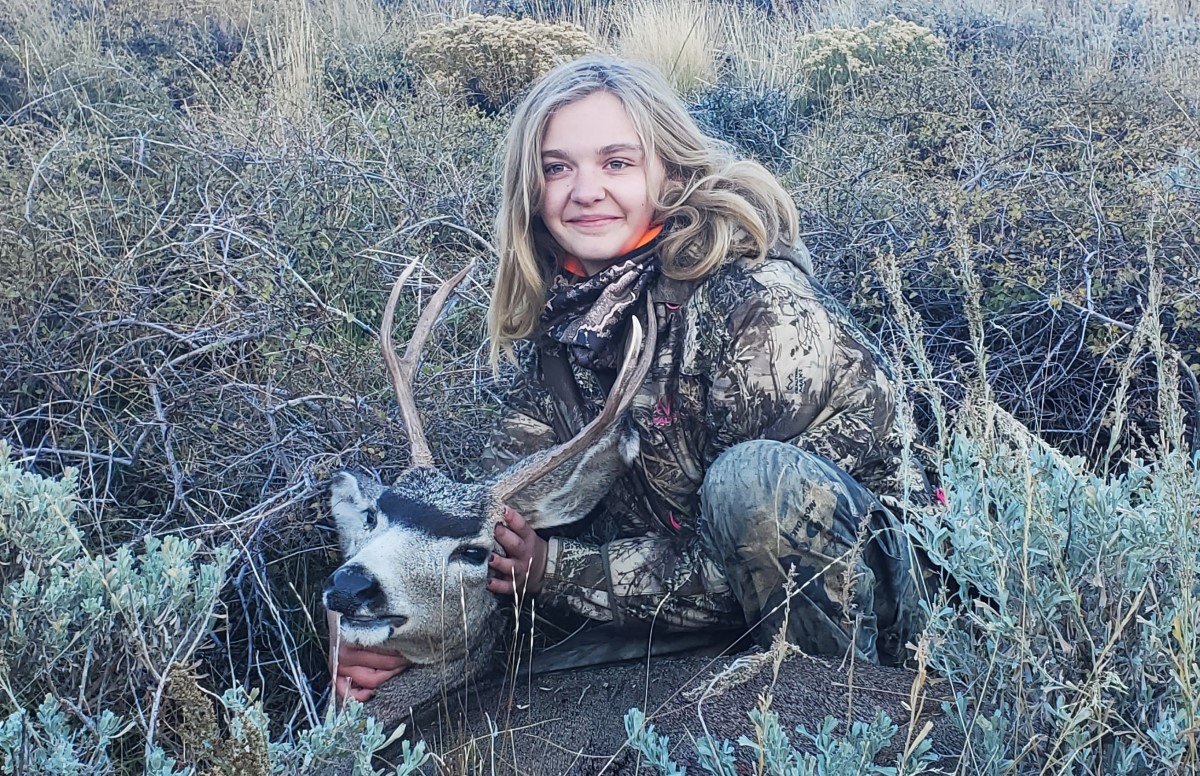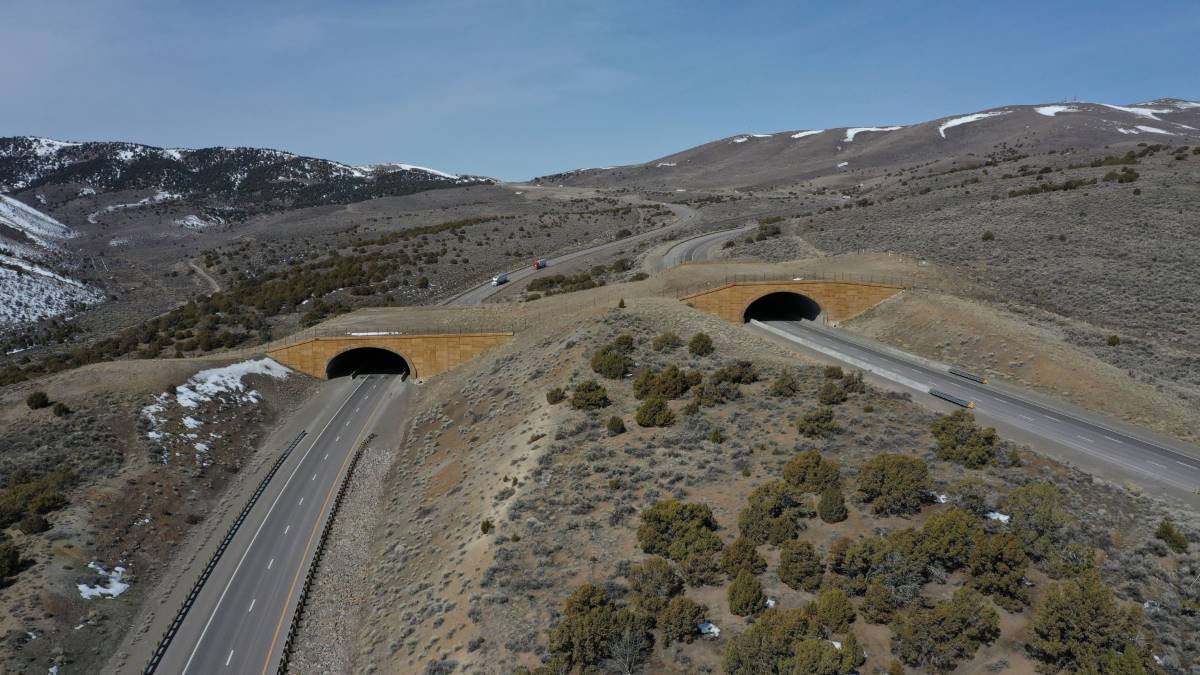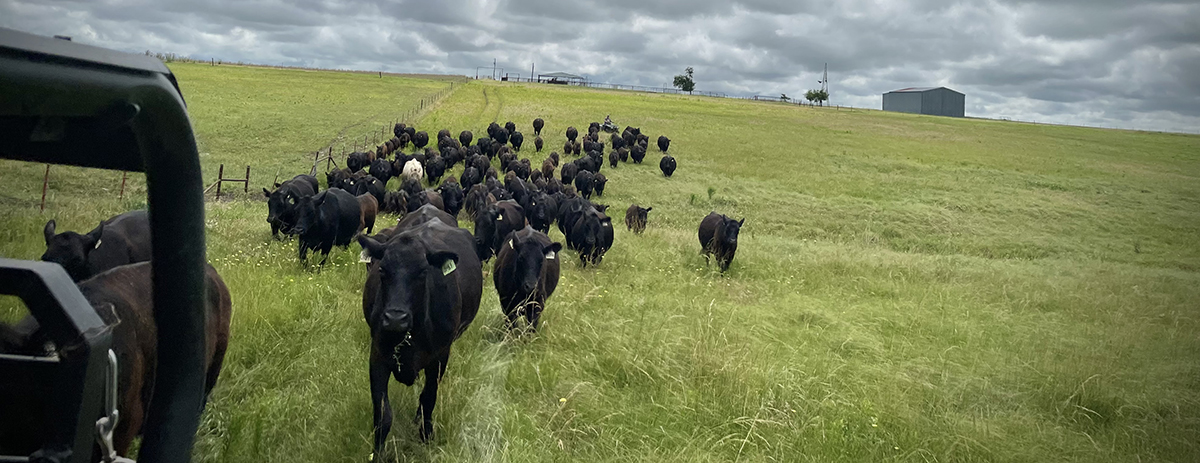A family deer hunt reinforces the importance of forward-looking conservation solutions in Nevada
Over the years, acquiring a big game tag in Nevada has become highly competitive simply because there are far more hunters in our state than we have surplus animals available to harvest. All big game tags in Nevada are awarded through a lottery process and each year many sportsmen and sportswomen are disappointed because they do not draw.
Hunting is deeply engrained in my family. From very young ages, my children were engaged in my favorite pastime which later became theirs. All three have continued to hunt big game when given the opportunity. They love the meat as well as just being outdoors in the fall. When I was blessed with two granddaughters, I hoped they would also be interested in hunting on some level. The thought of sharing hunting knowledge, traditions, and experiences with them was a dream of mine.
This year, my 12-year-old granddaughter, Hayden, was eligible to apply for tags and fortunate enough to draw a youth mule deer tag. We made preparation and planning for the hunt a big part of our summer activities. When the season finally arrived, her dad and I took her across the state for the opening of her hunt. On the morning of the fourth day of hunting, Hayden spotted three bucks and we were able to get in range. With a well-placed shot, she put one of them down. To say we were excited would be an understatement! Amid a healthy amount of back-slapping, hugging, and even a few tears, the time-honored tradition of hunting in my family passed to the next generation. We made so many memories this fall that will last for the rest of our lives.

The point of this story is two-fold. One is to show how important our sport is to families like mine and how rewarding it is to recruit young hunters and make those memories in the field. The second point is that these traditions and opportunities depend on healthy herds and intact habitats in our state. For that reason, I’m particularly encouraged by two important steps taken by wildlife and land management agencies in Nevada that promise a brighter future for our big game populations.
Under an executive order issued by Governor Sisolak in 2021, the Nevada Department of Wildlife is developing a Sagebrush Habitat Plan with the goal of recovering our sagebrush habitats that so many species depend on. The sagebrush ecosystem is one of the most imperiled in the United States today. More than 50 percent of all historic sagebrush habitats range-wide have been lost to threats such as wildfire, invasive species, pinyon-juniper encroachment, climate change, and fragmentation caused by human development. The Sagebrush Habitat Plan will set priorities, establish focus areas, and identify funding for recovery efforts, ensuring that we take a forward-looking approach to this conservation challenge.
As part of the same executive order, NDOW will also be creating a Wildlife Connectivity Plan in the next year. By GPS tracking collars to study species like mule deer and pronghorn, wildlife researchers are able to produce detailed maps that illustrate and inform our understanding of how big game animals use migration corridors to travel from summer to winter habitat and return. This data can identify chokepoints or obstacles that our herds encounter on the landscape, as well as important areas called stopovers where animals spend time resting and recovering along their journeys, finding vital nutrition to make it through the winter.
NDOW has already completed extensive mapping of three of our largest deer populations in the northeast corner of Nevada. Once they determine the specific habitats that deer prefer to use, agencies can direct funding and projects to those areas that may need restoration. These maps are also used to pinpoint where wildlife highway crossings are needed to provide safe passage for deer when their migration paths intersect with major roadways. NDOW and Nevada Department of Transportation have constructed several important crossings you may have seen on Interstate 80 and Highway 93, east and north of Wells, Nevada. When released, the finished Connectivity Plan will likely identify other areas where wildlife-friendly infrastructure should be built.

It’s no secret that mule deer populations throughout Nevada are declining. No doubt there are many reasons for this, some of which have not yet been identified. The development of these plans is just a piece of the work needed to recover our deer herds, but together they are a very encouraging step in the right direction. This important work will take time and there is no one single solution to the many challenges facing our big game herds.
In the meantime, sportsmen and sportswomen should be speaking up when given the chance and asking agencies to place our big game populations high on their priority list. We owe it to the next generation so they, and future generations, can enjoy and carry on the pastime of hunting as we know it.











I love this article you wrote for the next generation! Im Hayden, carls granddaughter, and I completely agree with him! I love you so much and I thank you for including me in this article!